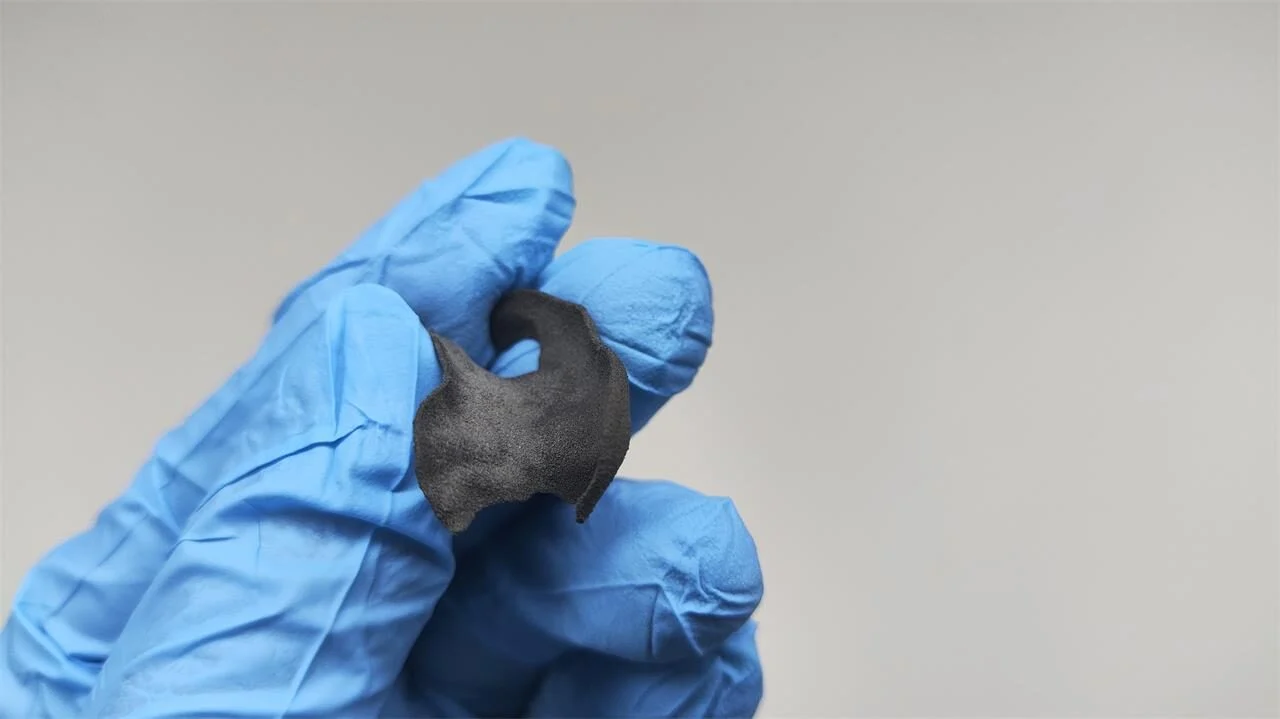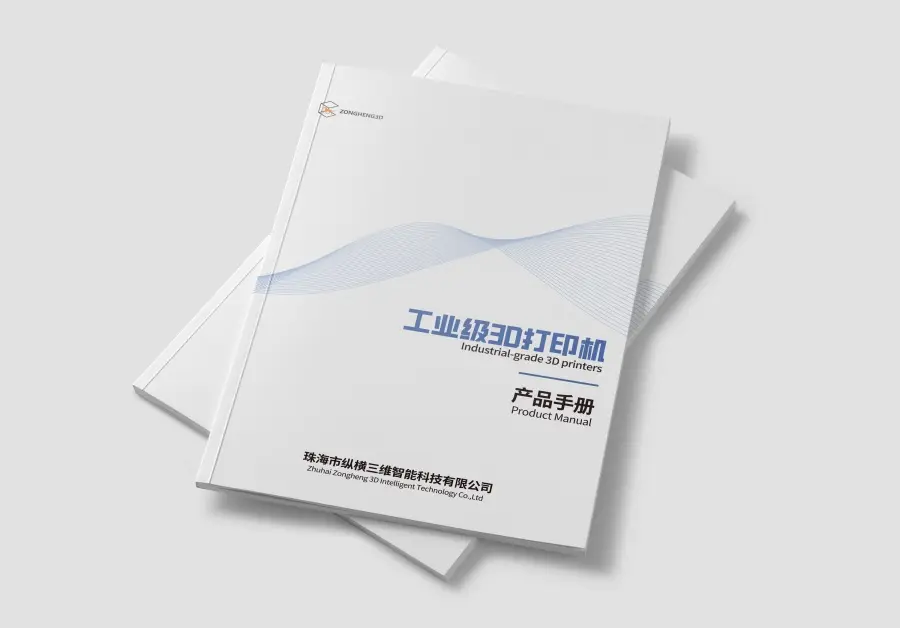Imagine holding a complex yet durable part in your hand—perhaps a custom robotic gripper, a lightweight drone frame, or a perfectly fitted prosthetic limb—that transitions from a digital file to a physical object almost overnight. If the part requires intricate internal channels or structures challenging for traditional manufacturing, Selective Laser Sintering (SLS) 3D printing technology makes it possible. This process uses a high-powered laser to sinter polymer powder layer by layer, creating robust parts.
Core SLS Process and Material Synergy
SLS is a powder bed fusion process that selectively sinters polymer powder particles using a high-power laser, building objects layer by layer. A key advantage is the elimination of support structures—unsintered powder naturally supports the part, enabling engineers to design complex geometries that are difficult or impossible to achieve with traditional methods, such as undercuts, internal cooling channels, or multi-part assemblies printed as a single unit.
Material selection is at the heart of SLS. The properties of the powder determine the strength, flexibility, heat resistance, and chemical resistance of the final part. Choosing the wrong material can lead to part failure or suboptimal performance, making it crucial to understand the SLS material ecosystem.
1. Unleashing Design Freedom: Goodbye Support Structures
The self-supporting nature of SLS powder has revolutionized design constraints:
- Complex Geometry: No worries about overhangs or internal channels; print shapes that are difficult to machine traditionally.
- Component Integration: Combine multiple parts into a single complex structure, reducing assembly steps and potential failure points.
- Function-Driven Design: Eliminate draft angles and other traditional manufacturing limitations, focusing on optimizing part performance.
- Surface Quality Advantage: Avoid surface damage caused by removing supports; simply clean the part after printing.

This design freedom, combined with high-strength thermoplastics like nylon, allows complex parts to deliver both mechanical performance and functionality.
2. From Prototype to End-Use Part: Functional Production
SLS excels not only in rapid prototyping but also in producing functional end-use parts. Common materials like Nylon 12 (PA12) match the performance of engineering plastics used in injection molding, making them suitable for low- to medium-volume production:
- Material Strength: PA12 balances strength, stiffness, and impact resistance; PA11 offers greater flexibility and shock absorption; glass/carbon fiber-filled materials enhance heat resistance and rigidity; TPU provides rubber-like elasticity.
- Real-World Testing: Prototypes can undergo functional testing to validate performance early in the process.
- End-Use Potential: Ideal for custom fixtures, drone components, medical devices, and more, enabling small-batch production without expensive molds.

3. Batch Production Efficiency: The Power of Powder Bed Nesting
SLS’s powder bed process supports high-density part nesting:

- High Packing Density: A single print batch can accommodate dozens to hundreds of parts, maximizing space utilization through vertical stacking and horizontal tight packing.
- Simultaneous Laser Processing: The laser scans and processes multiple parts layer by layer, significantly boosting production efficiency.
- Cost Efficiency: Per-unit costs decrease significantly in batch production, making it ideal for small- to medium-volume scenarios.
4. Powder Quality: The Underestimated Key Factor
Powder characteristics directly impact print quality:

- Flowability: Uniform powder layers are essential; clumping or poor flowability can cause defects.
- Particle Size Distribution: Finer particles improve surface finish and detail precision.
- Thermal Properties: The powder’s ability to absorb laser energy and melt determines part strength.
- Recyclability: Unsintered powder can be reused, and the “refresh rate” of different materials affects economic viability and sustainability.
Mainstream SLS Materials: Functionality and Application Guide
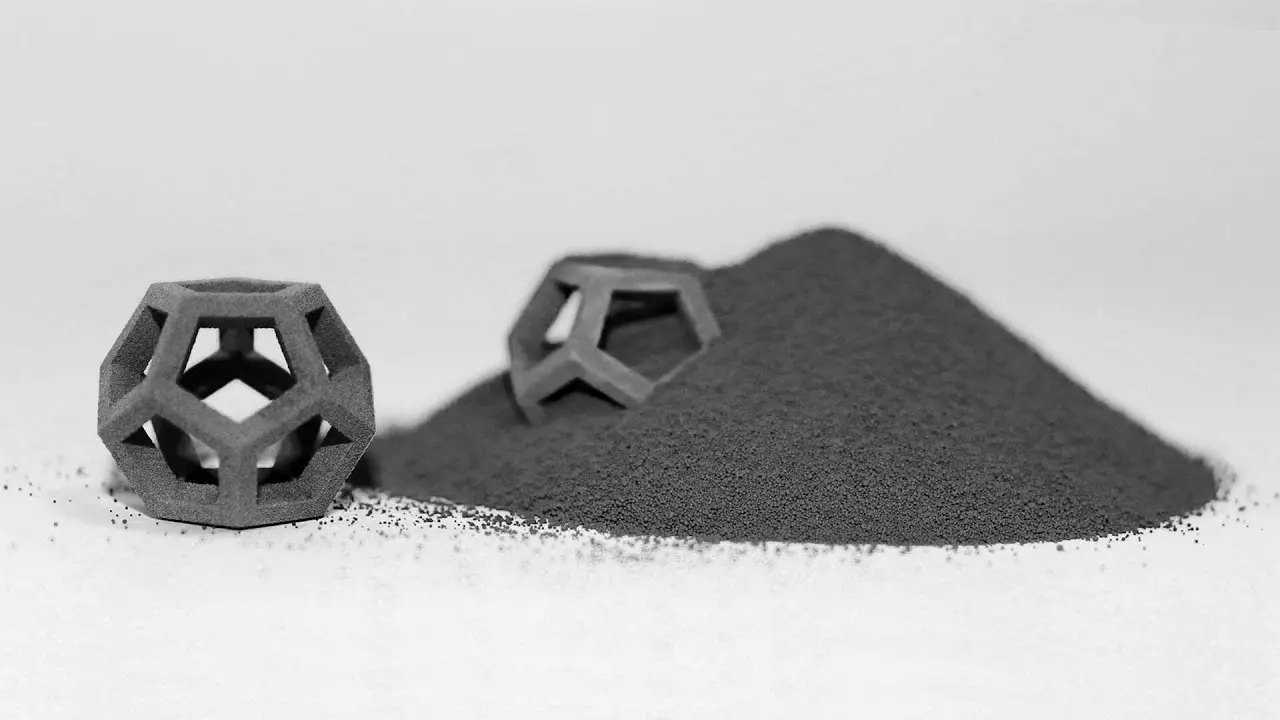
1. Nylon 12 (PA12): The All-Rounder
PA12 is the most commonly used SLS material, balancing strength, toughness, and detail precision:
- Performance Highlights: Excellent tensile strength, impact resistance, and chemical resistance (oil, fuel, hydraulic fluids), with a Heat Deflection Temperature (HDT) of approximately 170–180°C.
- Applications: Functional prototypes, durable housings, fixtures, and medical components (biocompatible grades).
- Pros and Cons: Cost-effective with good detail resolution, but moisture absorption may affect dimensional stability, and rough surfaces often require post-processing.
2. Nylon 11 (PA11): Tough and Flexible Eco-Friendly Option
Derived from renewable castor oil, PA11 combines flexibility and impact resistance:
- Performance Highlights: Higher elongation at break (30–60%), less brittle in cold environments, and excellent fatigue resistance.
- Applications: Protective gear, drone components, living hinges, prosthetics, and orthotics.
- Pros and Cons: Bio-based material with slightly lower stiffness than PA12 and higher cost.
3. Glass-Filled Nylon (PA-GF): The Stiffness Champion
Glass bead/fiber-reinforced PA12 enhances stiffness and heat resistance:
- Performance Highlights: Significantly improved tensile strength and HDT (up to 200°C), with excellent dimensional stability.
- Applications: High-load housings, high-temperature parts, and injection molding simulation prototypes.
- Pros and Cons: Reduced impact resistance, rough surfaces, and potential wear on mating parts due to glass fillers.
4. Aluminum-Filled Nylon (Alumide): Metallic Look Alternative
A blend of PA12 and aluminum powder, offering a metallic appearance:
- Performance Highlights: Metallic gray finish, better thermal conductivity than pure nylon, and ease of machining.
- Applications: Design validation models, prototypes requiring a metallic look, and simple fixtures.
- Pros and Cons: Increased stiffness but higher brittleness; cannot replace true metal performance.
5. Carbon Fiber-Filled Nylon (PA-CF): Lightweight Performance Leader
Carbon fiber-reinforced PA11/PA12 delivers high strength-to-weight ratios:
- Performance Highlights: Highest stiffness-to-weight ratio, high HDT, and potential electrical conductivity (model-dependent).
- Applications: Aerospace structural components, racing parts, and high-rigidity fixtures.
- Pros and Cons: Extremely low impact resistance, significant anisotropy (higher strength in XY plane), and highest cost.
6. Thermoplastic Polyurethane (TPU): Elastomer Representative
A rubber-like thermoplastic material available in various hardness levels:
- Performance Highlights: High elongation at break (300–600%), abrasion resistance, and vibration damping, with Shore hardness ranging from 70A to 95A.
- Applications: Seals, grips, dampeners, and custom insoles.
- Pros and Cons: Lower detail precision, challenging to print, and poor heat resistance.
Specialized Materials: Beyond Basic Needs
1. Polypropylene (PP): Chemical Resistance Expert
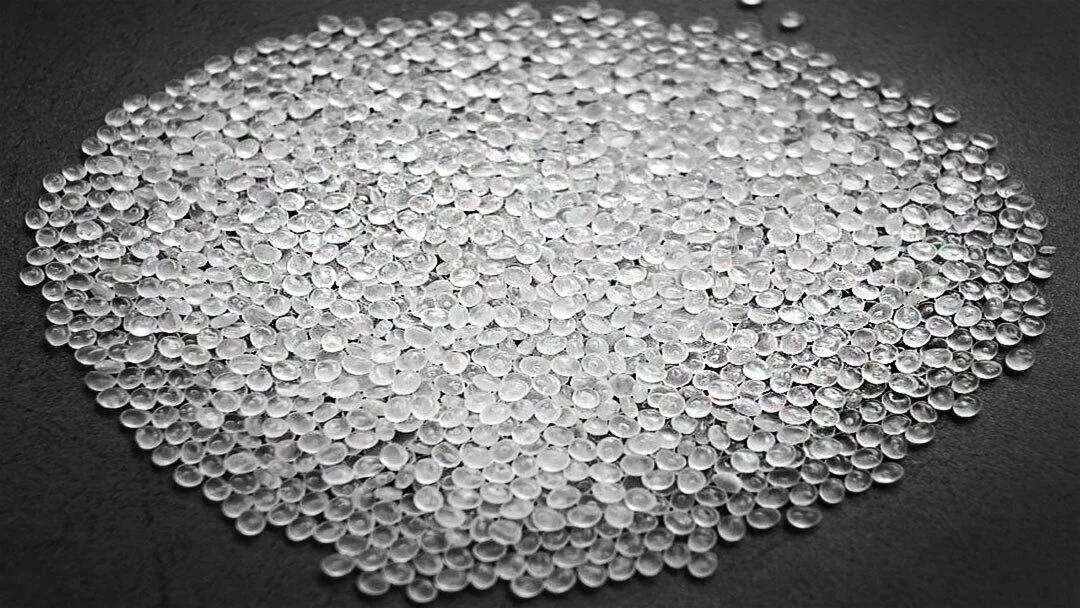
Though challenging to print, PP excels in acid and alkali resistance:
- Applications: Chemical equipment, fluid containers, and parts requiring living hinges.
- Limitations: Mechanical properties inferior to nylon, with limited heat resistance (continuous use up to ~100°C).
2. Polyether Block Amide (PEBA): High-Rebound Elastomer
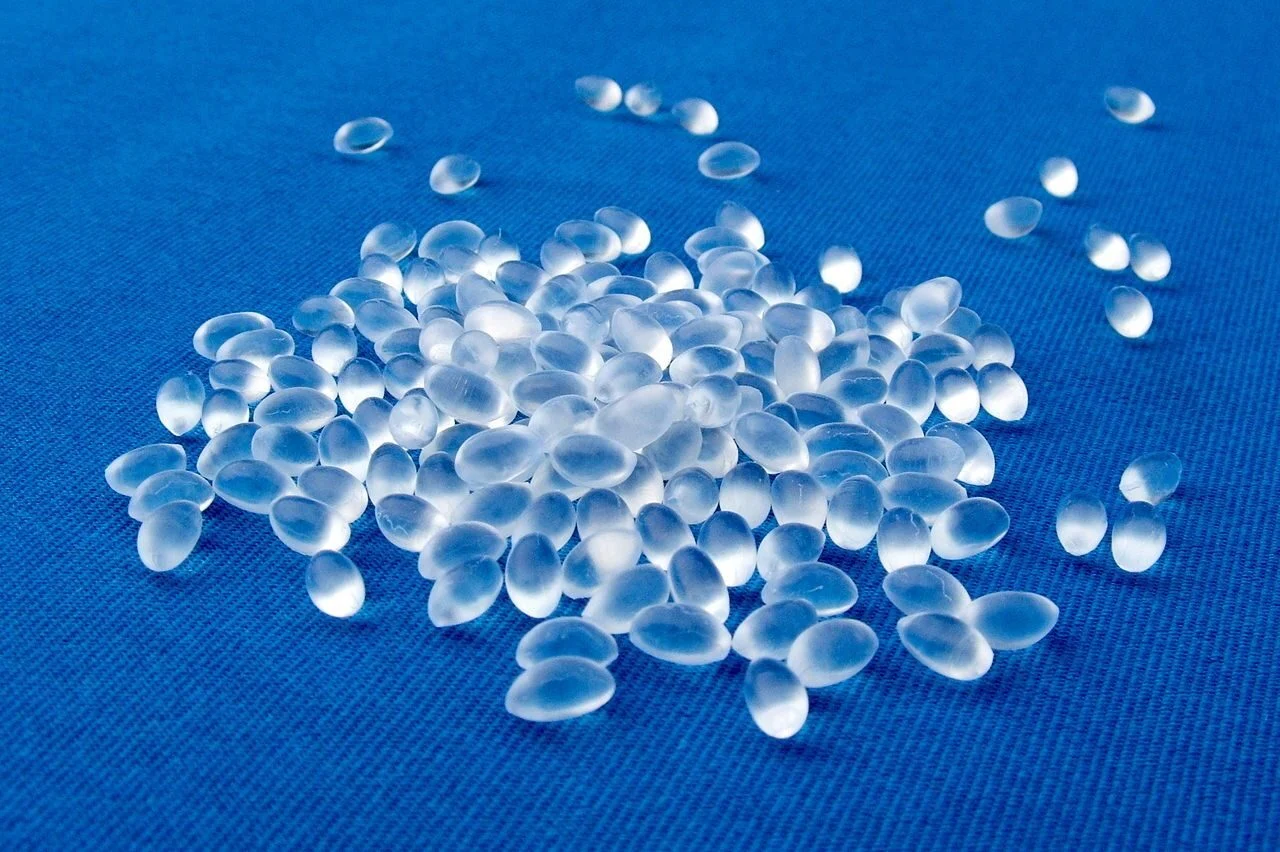
Combining low-temperature flexibility and energy return, PEBA suits sports equipment and medical tubing:
- Challenges: Less common in SLS compared to TPU, requiring specialized processing expertise.
3. PEEK/PAEK: Extreme Environment Champions
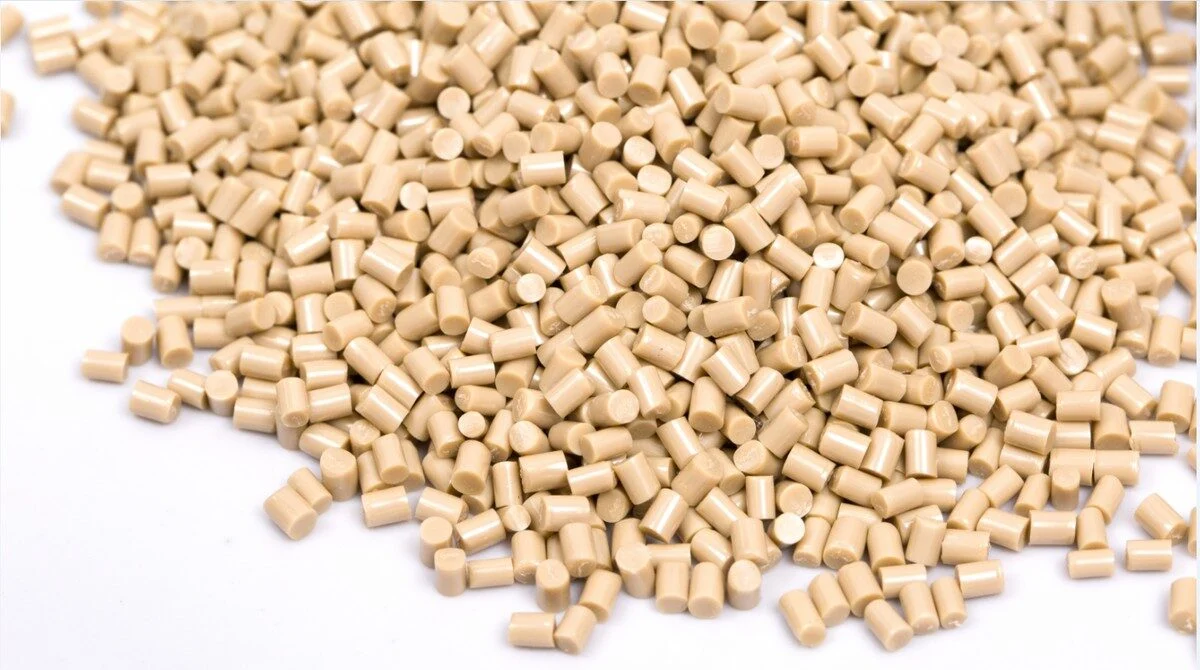
Withstanding high temperatures (>250°C) and chemical exposure, these materials require dedicated high-temperature SLS systems:
- Applications: Aerospace, medical implants, and semiconductor equipment.
- Pain Points: Extremely high cost, challenging to print, and limited detail precision.
Material Comparison and Selection Logic
By comparing key properties (stiffness, strength, heat resistance, etc.) via tables and spider charts:

- General Use: PA12 balances performance and cost.
- High Toughness: PA11 or TPU.
- High Heat/Stiffness: PA-GF or PA-CF.
- Special Environments: PP (chemical resistance), PEEK (high temperature).
Limitations of SLS and Mitigation Strategies
1. Surface Roughness
- Current State: Parts have a granular texture; post-processing (e.g., sandblasting, chemical vapor smoothing, polishing) improves finish.
- Solution: Vapor smoothing enhances surface quality and seals porosity for waterproofing.
2. Dimensional Accuracy and Tolerances
- Current State: Typical tolerances ±0.2–0.3mm; large parts require consideration of thermal shrinkage.
- Solution: Design critical features undersized, followed by machining corrections (e.g., drilling, tapping).
3. Color Limitations
- Current State: Limited native colors (white, gray, black); custom colors require dyeing or painting.
4. Moisture Absorption and Anisotropy
- Nylon Hygroscopicity: May cause dimensional changes; drying or sealing is necessary.
- Fiber-Filled Materials: Performance varies with print direction; consider load orientation during design.
Post-Processing Techniques: From Raw Print to Finished Product
1. Basic Cleaning
- Methods: Compressed air to remove residual powder; complex cavities may require designed powder-removal holes.
2. Surface Smoothing
- Vibratory Polishing: Improves surface roughness through abrasive friction, suitable for external features.
- Chemical Vapor Smoothing: Uses solvent vapor to melt the surface, achieving injection-molded-level smoothness and waterproofing.
3. Dyeing and Coating
- Dyeing: Cost-effective and penetrates porous surfaces but offers limited color matching precision.
- Painting: Achieves precise colors and special finishes (e.g., gloss, metallic), though prone to chipping.
4. Sealing and Machining
- Vacuum Impregnation: Resin fills pores, enhancing sealing or machinability.
- Secondary Machining: Milling or drilling ensures tight tolerances for high-precision features.
Step-by-Step Material Selection Guide
- Define Requirements:
- Function: Prototype, end-use part, or tool?
- Load: Tensile, impact, or fatigue?
- Environment: Temperature, chemical exposure, humidity, etc.
- Cost and post-processing needs.
- Match Material Properties:
- Flexibility → TPU/PA11; high stiffness → PA-GF/PA-CF; chemical resistance → PP/PEEK.
- Trade-offs:
- Increased stiffness often reduces toughness; high-performance materials are more expensive.
- Consult Service Providers:
- Provide detailed requirements to receive material recommendations, process advice, and datasheets for specific grades.
Future Trends: Stronger, Smarter, More Sustainable
- Material Innovation: Development of new composites (e.g., ceramic-filled), bio-based polymers (e.g., more renewable nylons).
- Process Optimization: Faster printing, lower energy consumption, and more uniform isotropic properties.
- Sustainability: Improved powder recycling rates, reduced waste, and closed-loop recycling systems.
Conclusion
The success of SLS 3D printing begins with material selection. From general-purpose nylon to high-performance polymers, each material offers unique advantages and applications. By clearly defining needs, understanding material properties, and leveraging post-processing, you can transform ideas into functional, cost-effective physical parts. Contact our expert team today to explore the best SLS material solutions for your project!

